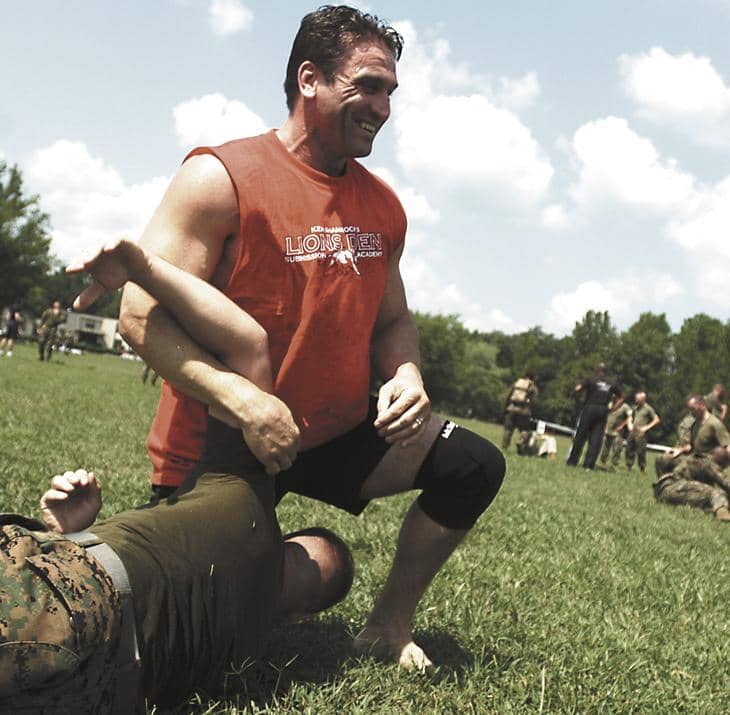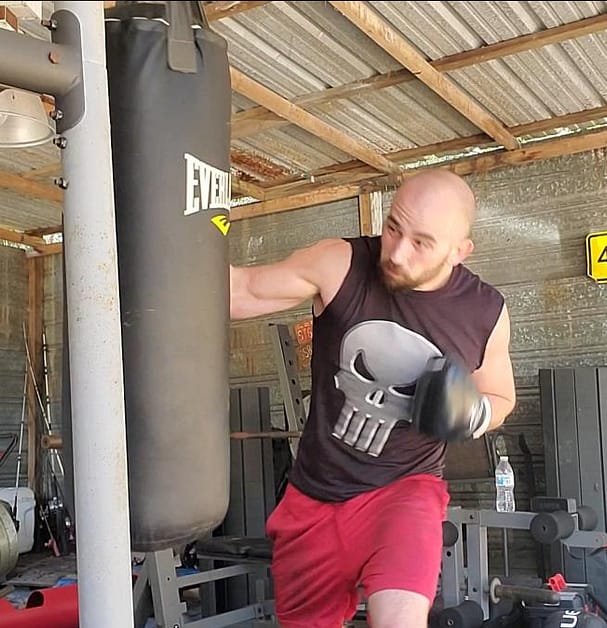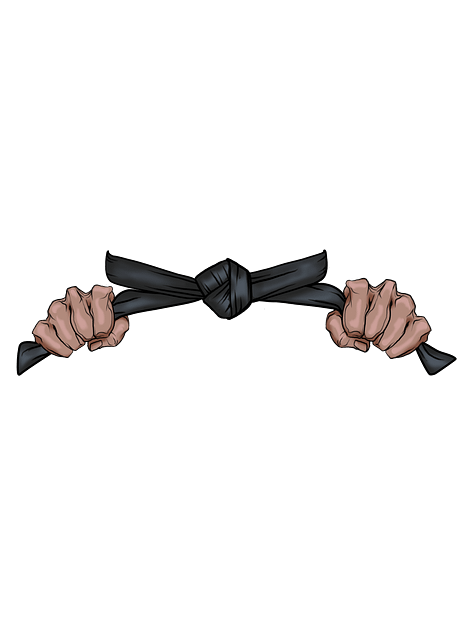In my article on the history of catch wrestling, I touched on a few people who were notable athletes that used the style as a base. Among them is one of the most well known mma athletes ever, Ken Shamrock.
Ken is considered to be a legend and icon in the sport of MMA. Known as the “The World’s Most Dangerous Man,” en was a UFC Superfight Champion, a UFC Heavyweight Champion, a pro wrestler, a King of Pancrase, and was for a long time considered the number one mixed martial artist walking the planet. In this article, we’ll go a bit further into his history.
The Early Days
Born Kenneth Wayne Kilpatrick, he entered the world at the Robins Air Force Base in Warner Robins, Georgia. Here he lived the first four years of his life. Ken’s father was Richard Kilpatrick, a U.S. Air Force enlistee, and his mother was Diane Kilpatrick,a waitress and dancer. Shamrock had three brothers, and came from a broken family in a neighborhood of Atlanta, Georgia.
Ken was often left to fend for himself, and got into many fights. His father left them when Shamrock was about five and his mother remarried an Army aviator named Bob Nancy. The family moved to Napa, CA, Nance’s Hometown. Here Shamrock was even more of an outsider since they had come from a poor background. He and his siblings began to get into more fights and use drugs.
At age 10, Shamrock was stabbed during a robbery and then placed into juvenile hall. At the age of 13 he was kicked out of his home, and each of the brothers went their separate ways. He bounced between group homes before being placed in Bob Shamrock’s boys’ home at 14 were he turned his life around. Bob Shamrock legally adopted Ken as his son, and Ken changed his last name from Kilpatrick to Shamrock in Bob’s honor.
During high school, Ken excelled in both football and wrestling. As a senior, Shamrock qualified for states in wrestling, but injured his neck days before the competition and underwent surgery. Shamrock didn’t receive scholarship offers from any big schools. But, against doctor’s orders, Shamrock joined the Shasta College football team. The Chargers of the NFL offered Shamrock a tryout, but he declined in order to pursue Pro Wrestling.
Early Career in Catch Wrestling and MMA
Shamrock’s MMA career began in the Japanese organization Fujiwara Gumi. Shamrock developed his fighting style from a young age, and was known as an explosive catch wrestler with overwhelming strength. He’d been described as having awe inspiring strength.
Shamrock had a legitimate catch wrestling match against a kickboxer named Don Nielsen and submitted him with a catch wrestling arm lock in less than a minute. The success of the match made Shamrock, Masakatsu Funaki and Minoru Suzuki question why it was claimed that nobody would ever pay to see real matches.
The three would go to found a group of pro wrestlers to pursue marketable and real matches. The promotion they formed would be called Pancrase. It used pro wrestling rules, such as no closed fist punching and rope breaks, but was real fighting. Shamrock beat Funaki by arm-triangle in the main event of the first show on September 21st.
Funaki was the man who took Shamrock under his wing initially, and introduced him to the catch wrestling style that was so popular in Japan.
UFC – Shamrock vs Gracie
On number 12th, 1993, Shamrock returned to the U.S. to fight at UFC 1. The event was held under a tournament format. In the first round, Shamrock fought taekwondo stylist Patrick Smith, who he made short work of by way of heel hook. His next fight was against Royce Gracie, legendary Brazilian jiu-jitsu exponent to pit his catch wrestling style against.
In the early going, Shamrock would sprawl on a takedown attempt and end up on top of Gracie before grabbing his ankle to attempt a heel hook. Ken claims that his arm had gotten tangled in the gi, and when he sat back it pulled Gracie on top of him which allowed Royce to secure the fight ending choke.
There was a mild controversy as the referee didn’t see Ken tap out, but Shamrock admitted after a few seconds that he tapped and it wouldn’t be fair to continue to fight. After the fight, Shamrock admitted that he underestimated Gracie: “I didn’t know who Royce Gracie was…when I saw him in his gi, I thought he was some karate guy (with no ground skills).”
They were to rematch in UFC 3, with Shamrock recording two wins and Gracie beating Kimo Leopoldo. But between Gracie pulling out of the tournament after his win, and his own knee injury, he declined and refused to compete in the finals.
Their rematch would come instead on April 5th, 1995. Shamrock faced Gracie in a match called “The Superfight” to determine the UFC Champion. Gracie had built a reputation of being unbeatable, but also had concerns about his lack of size when compared to Ken. This time, Gracie would enter the octagon at 190 pounds, about fifteen above what he normally fought at.
For the fight, Shamrock also cut down to 205 pounds. But just hours before the event, the UFC instituted a 30 minute time limit thanks to pay per view time constraints. For Shamrock and Gracie, this was an unwelcome change. Shamrock had planned to utilize his natural size and strength to wear gracie down over two hours. They instead fought for the allotted 30 minutes, along with five minutes of overtime before the match was eventually declared a draw, due to a lack of judges.
If there had been judges, Shamrock likely would have been declared the winner. Gracie’s face was left with many welts and looked the more beat up of the two. Shamrock was not satisfied with his performance against Gracie, saying “It’s certainly not a win. You gain nothing (with a draw.)”
Storied MMA and Pro Wrestling Career
To ignore the rest of Shamrock’s career would surely be an injustice, but there’s just too much to go into without a quick summary. Ken would go on to defeat Dan Severn to claim toe UFC title, and defend it at UFC 7 against Oleg Taktarov. And again at UFC 9 he’d defeat Kimo Leopoldo.
Ken would continue on his storied career with everything from matches in Pride to a successful run in the World Wrestling Federation as a heel and opponent to Dwayne “The Rock” Johnson. In any case, he certainly distinguished himself as maybe the most important catch wrestler in MMA history, at least in the west.



